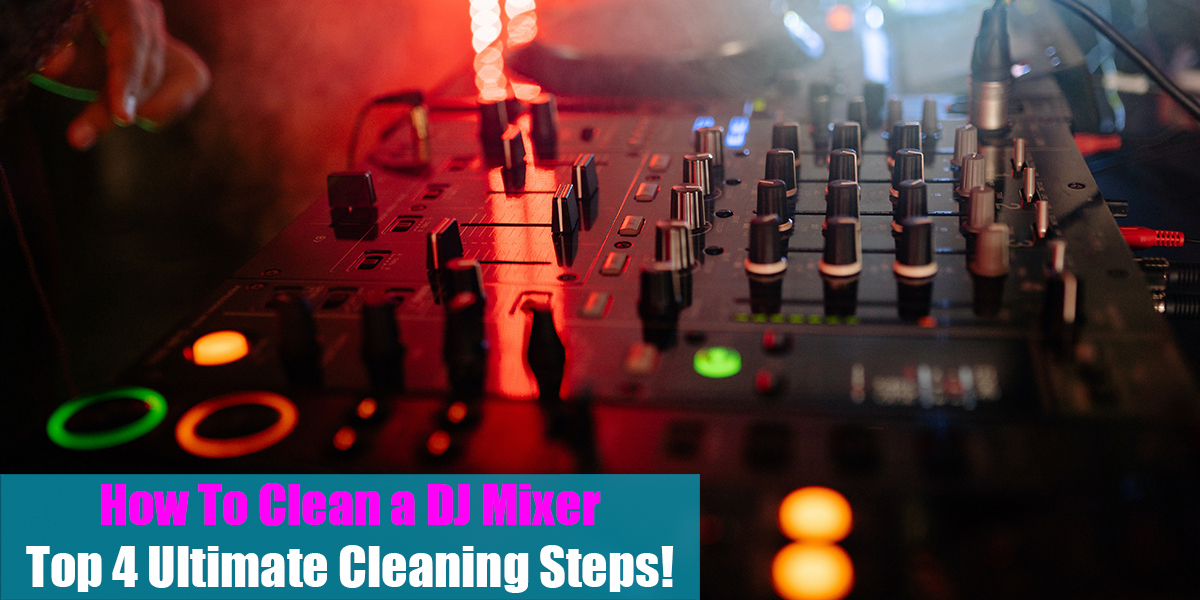Hybrid Mixing Setup
Introduction
Enter the hybrid mixing setup, a cutting-edge approach that combines the best of analog and digital technology. It’s like having a high-powered sports car with the latest navigation system.
In this article, I’ll guide you through the world of hybrid mixing, exploring its creative possibilities and the advantages it offers. Get ready to push the boundaries of your music production and take your sound to new heights!
Introduction to Hybrid Mixing
As a music producer, I find hybrid mixing to be a crucial aspect of my workflow. Hybrid mixing combines the best of analog and digital technologies, allowing for a more versatile and creative approach to music production.
It combines the warmth and character of analog gear with the precision and flexibility of digital tools, resulting in a unique sonic experience that enhances the overall quality of the mix.
This technique is important because it provides endless possibilities for shaping and sculpting the sound, ultimately elevating the final product to a whole new level.
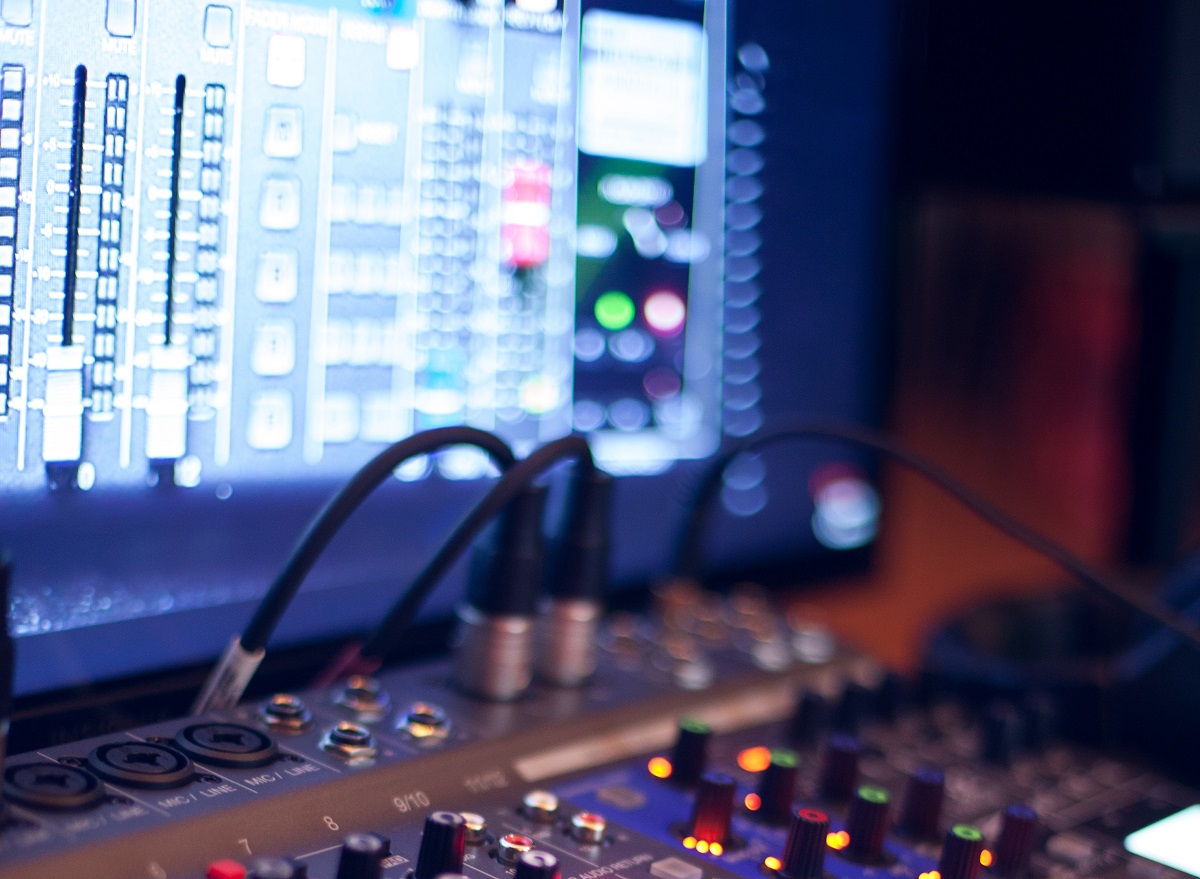
What is hybrid mixing?
I often utilize hybrid mixing to combine the best of analog and digital techniques in order to achieve a unique and dynamic sound. Here’s why hybrid mixing is gaining popularity among audio professionals:
- Analog Gear: By incorporating analog gear into the digital workflow, we get access to the warm and rich sonic characteristics that analog equipment is known for. This adds depth and character to the audio.
- Best of Both Worlds: Hybrid mixing allows us to take advantage of the convenience and flexibility offered by digital mixing while harnessing the sonic qualities of analog gear. It’s the perfect blend of old-school charm and modern technology.
- Studio Setup: With a hybrid setup, we can have the best of both worlds in our studio. We can use a digital audio workstation (DAW) for precise control and recall while connecting analog gear like compressors, EQs, and preamps to add that extra touch of warmth and color.
- Dynamic Console Experience: Hybrid mixing provides the opportunity to work with a physical console, which offers a tactile and intuitive experience. This hands-on approach allows for precise and real-time adjustments, enhancing creativity and workflow efficiency.
Why is hybrid mixing important in music production?
One of the main reasons hybrid mixing is important in music production is because it allows for a seamless integration of analog and digital techniques, resulting in a more dynamic and unique sound.
By combining the best of both worlds, hybrid mixing utilizes the strengths of analog and digital equipment to enhance the audio production process.
With the use of plugins and processors, digital effects can be applied to analog signals, giving producers more control and flexibility over their sound.
The interface between analog and digital equipment enables a smooth workflow, allowing for real-time adjustments and experimentation.
This blending of technologies opens up a world of creative possibilities, as it allows for the exploration of new sonic landscapes and the ability to push the boundaries of traditional mixing techniques.
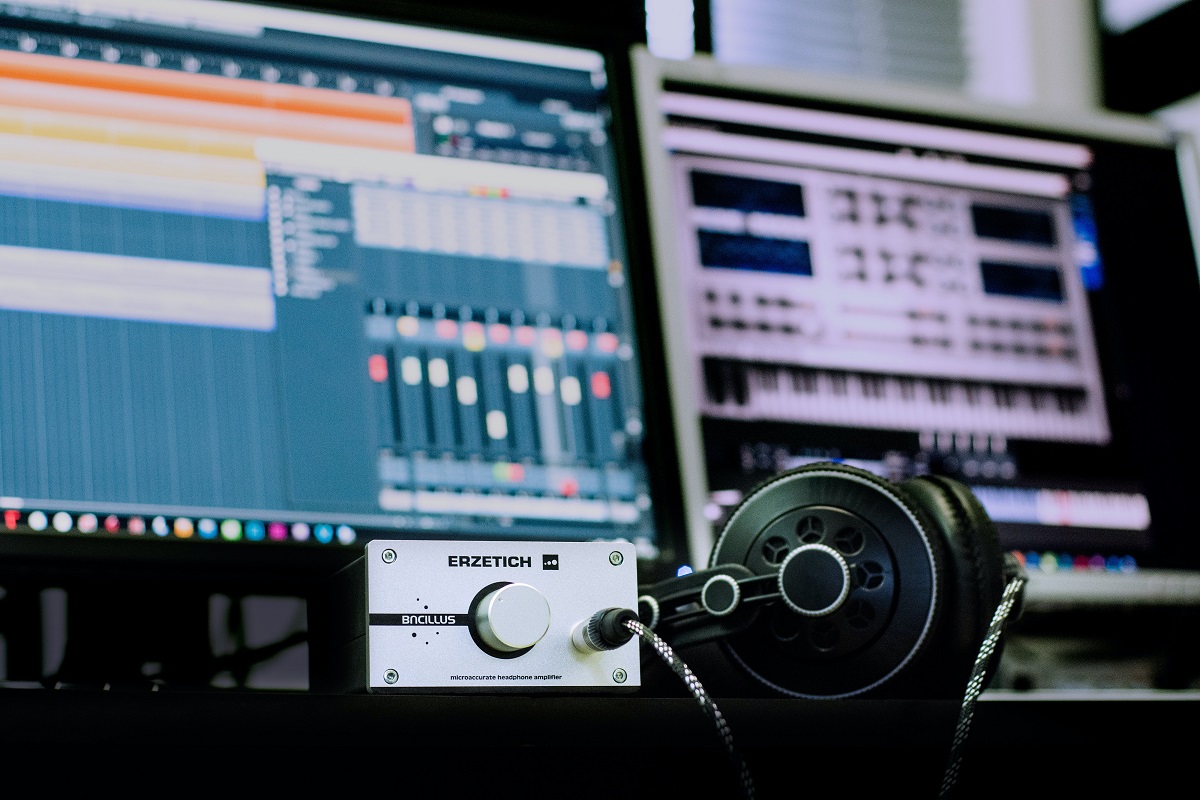
Understanding the Hybrid Mixing Setup
I’ll start by explaining the components of a hybrid mixing setup.
In this setup, both analog and digital equipment are used to achieve the desired sound.
Components of a hybrid mixing setup
There are several essential components to consider when setting up a hybrid mixing system for optimal audio production. As an audio engineer, I understand the importance of incorporating the right tools to achieve the desired results. Here are four key components to include in your hybrid mixing setup:
- Inserts: These allow you to integrate external hardware processors into your digital workflow. By connecting your analog gear through the inserts, you can add warmth and character to your mixes.
- Processing Plugins: Utilizing a variety of plugins is crucial for shaping and enhancing your audio. From EQs and compressors to reverbs and delays, plugins provide endless possibilities for creative manipulation for both the music and the vocal tracks.
- Compressors: A staple in audio engineering, compressors help control dynamics and add punch to your mix. Whether you opt for analog or digital compressors, they play a vital role in achieving professional-sounding results.
- Analog-Digital Tools: Hybrid mixing involves the marriage of analog and digital technologies. Incorporating high-quality converters, summing mixers, and analog tape emulations can elevate your mixes to new heights.
How does hybrid mixing combine analog and digital techniques?
In a hybrid mixing setup, analog gear such as compressors, EQs, and preamps are used alongside digital plug-ins and presets. This combination allows for the unique sound qualities provided by analog gear, such as the rich harmonics and subtle saturation, to be incorporated into the mix. The analog gear is typically connected via the outboard gear, allowing for real-time adjustments and tactile control.
Digital processing, on the other hand, offers a vast array of options and precise control over the mix. By utilizing the strengths of both analog and digital techniques, hybrid mixing provides audio engineers with a powerful toolset to master their craft and achieve innovative and captivating soundscapes.
Advantages of a Hybrid Mixing Setup
The hybrid mixing can enhance your music production and mixing techniques and you’ll be able to use the unique sonic qualities of analog gear while being in the digital world.
Firstly, the improved flexibility and workflow allow me to seamlessly integrate analog hardware and digital plugins, maximizing the sonic possibilities at my disposal.
Secondly, the combination of analog and digital processing provides me with greater control and precision over the sound, allowing me to fine-tune every element of the mix.
Overall, a hybrid mixing setup empowers me to achieve the desired sonic characteristics and deliver a polished, professional-quality mix. Cannot emphasize enough the perks of having the qualities that analog gear brings working together with your DAWs.
Improved flexibility and workflow
I can achieve improved flexibility and workflow with my hybrid mixing setup by using both analog and digital tools. Here’s how:
- Seamless Integration: By combining analog hardware and digital software, I can seamlessly integrate the best of both worlds. This allows me to leverage the warmth and character of analog gear while enjoying the convenience and precision of digital tools.
- Enhanced Control: With my hybrid setup, I’ve greater control over my mix. I can easily tweak and manipulate parameters in real-time, making on-the-fly adjustments to achieve the desired sound. This level of control empowers me to experiment and explore creative possibilities effortlessly.
- Efficient Workflow: The hybrid approach streamlines my workflow. I can quickly recall settings, automate processes, and work more efficiently. This saves time and allows me to focus on the creative aspects of mixing, rather than getting bogged down in technicalities.
- Limitless Options: By combining analog and digital tools, my hybrid setup gives me access to a vast array of plugins, effects, and processing capabilities. This opens up a world of possibilities, enabling me to push the boundaries of my creativity and take my mixes to new heights.
Enhanced sonic possibilities
With the hybrid mixing setup, I can combine the warmth of analog gear and the precision of digital tools to create an infinite range of sonic possibilities. By integrating both the analog and digital realms, I’m able to harness the unique sonic qualities that each has to offer.
When working with drums, for example, I can use analog compressors and EQs to add warmth and character to the individual drum tracks. Then, in the digital realm, I can further shape the stereo balance and overall mix using precise digital plugins.
This combination allows me to achieve a perfect blend of the organic sound of analog gear and the precise control of digital tools. With the right audio interface, I can seamlessly switch between the two realms and experiment with different combinations, pushing the boundaries of sonic creativity.
Greater control and precision
This combination allows me to explore the creative possibilities while maintaining an efficient workflow.
Here’s how my hybrid setup enhances my mixing process:
- Rack-mounted analog compressors:
- These analog compressors bring warmth and character to the mix.
- They allow for subtle or aggressive dynamic control with precise adjustment.
- Hands-on control:
- With physical knobs and faders, I can directly manipulate the parameters of my analog gear.
- This provides a tactile experience that enhances my creative flow and speeds up my decision-making process.
- Digital flexibility:
- By incorporating digital plugins and software, I can dive into the complexity of the mix.
- I can make fine adjustments and experiment with different sonic textures, all within the digital realm.
- Efficient workflow:
- The integration of analog and digital tools offers the best of both worlds.
- It provides a streamlined process where I can achieve the desired sound efficiently and effectively.
With my hybrid mixing setup, I’m able to push the boundaries of creativity while maintaining precision and control over every aspect of the mix. This combination of analog and digital tools allows for endless exploration and empowers me to deliver innovative and impactful audio experiences.
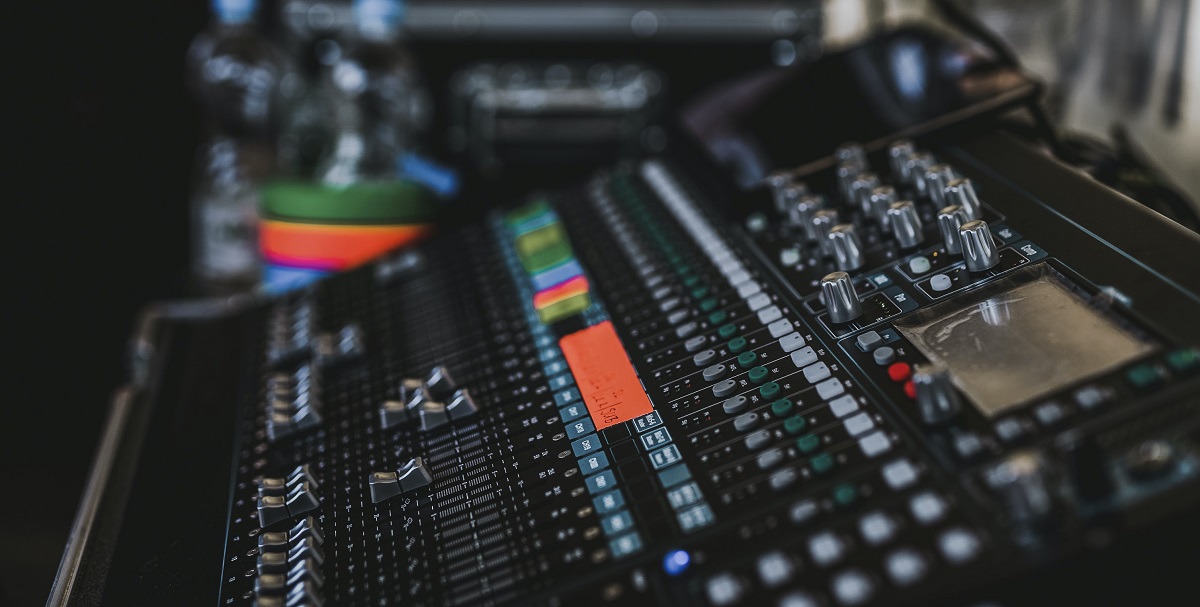
Setting up a Hybrid Mixing Setup
When setting up a hybrid mixing setup, the first step is to choose the right digital/analog mixer that suits your needs. This involves considering factors such as the number of inputs and outputs, send and return + AUX connections, built-in effects, and connectivity options.
Once the mixer is selected, the next step is to integrate your hardware and software components, ensuring seamless communication and control between them. This can be achieved through MIDI or other protocols.
Finally, utilizing the analog equalizer for multiple tracks allows for precise and nuanced shaping of the sound. This will improve the time and effort put into the mixing and it is really flexible to clip and edit your music.
However, it’s important to keep in mind that setting up a hybrid mixing setup may involve a learning curve and additional costs, but the creative possibilities it offers are well worth it.
Choosing the right digital/analog mixer
I love the versatility of a hybrid mixing setup, where I can choose the right digital/analog mixer to enhance my creative process.
It’s amazing how technology has advanced to provide us with a wide range of options for mixing and producing music.
When it comes to choosing the right digital/analog mixer for my setup, I consider the following:
- Compatibility: Ensuring that the mixer is compatible with my existing equipment and software is crucial for seamless integration.
- Workflow: I look for a mixer that allows me to streamline my workflow and navigate through different channels and effects effortlessly.
- Sound Quality: The right mixer should provide pristine audio quality, allowing me to achieve the desired sonic results.
- Flexibility: Having the ability to easily switch between digital and analog processing gives me the freedom to explore endless creative possibilities.
Integrating hardware and software
Having the right equipment for my hybrid mixing setup allows me to seamlessly integrate hardware and software, giving me endless possibilities for creative exploration.
By integrating hardware and software, I’m able to harness the best of both worlds and push the boundaries of my creative process.
The hardware components provide tactile control and a hands-on approach, while the software offers a vast array of digital tools and effects.
This integration allows me to effortlessly blend analog warmth with digital precision, resulting in a unique and dynamic sound.
I can experiment with different signal chains, layering effects, and manipulating audio in ways that were previously unimaginable.
The synergy between hardware and software in my setup opens up a world of creative possibilities, enabling me to craft truly innovative and captivating music.
Using analog EQ for multiple tracks
By utilizing analog EQ for multiple tracks, I can achieve a cohesive and balanced mix that adds warmth and character to each individual element. In my hybrid mixing setup, I combine the best of both analog gear and digital realms to unlock unique sonic qualities and push the boundaries of creativity.
Here are four reasons why using analog EQ for multiple tracks is a game-changer:
- Enhanced sonic depth: Analog EQ imparts a certain richness and depth to the sound that digital EQs often struggle to replicate.
- Precise control: With analog EQ, I’ve finer control over shaping the frequency response of each track, allowing me to carve out space and make elements sit perfectly in the mix.
- Harmonic coloration: Analog EQs have a natural tendency to add subtle harmonics, injecting life and character into each track.
- Endless experimentation: Analog EQs invite experimentation, encouraging me to explore new sonic territories and find unique tonal combinations.
Session recall and automation
To streamline my hybrid mixing setup, I utilize session recall and automation, ensuring consistent and efficient workflows.
Session recall allows me to save and recall all the settings for each track, plugin, and hardware unit used in a mix. This feature is vital for maintaining consistency across different projects and ensuring that I can quickly recall the exact sound I achieved previously.
Automation, on the other hand, empowers me to create dynamic and expressive mixes. By automating parameters such as volume, panning, and plugin settings, I can add movement and emotion to my mixes. This level of control allows me to shape the sound with precision and create innovative and engaging mixes that captivate the listener.
The combination of hybrid mixing, session recall, and automation truly opens up a world of creative possibilities.
Learning curve and additional costs
I’m experiencing a steep learning curve and encountering additional costs as I set up my hybrid mixing setup. However, the creative possibilities that come with this setup make it all worthwhile.
Here are four key aspects I’ve learned during this process:
- Integration of Analog and Digital: The hybrid mixing setup allows me to combine the warmth and character of analog gear with the flexibility and precision of digital tools.
- Workflow Optimization: While the learning curve is challenging, once I familiarize myself with the setup, it streamlines my workflow and enhances my efficiency.
- Expanded Sound Palette: The combination of analog and digital processing opens up a whole new world of sonic possibilities, enabling me to achieve unique and innovative sounds.
- Investment in Quality Gear: Although there are additional costs involved in acquiring analog gear, the improved audio quality and creative potential it offers justify the investment.
Overall, despite the initial challenges and costs, the hybrid mixing setup expands my creative horizons and empowers me to push the boundaries of my sonic artistry.
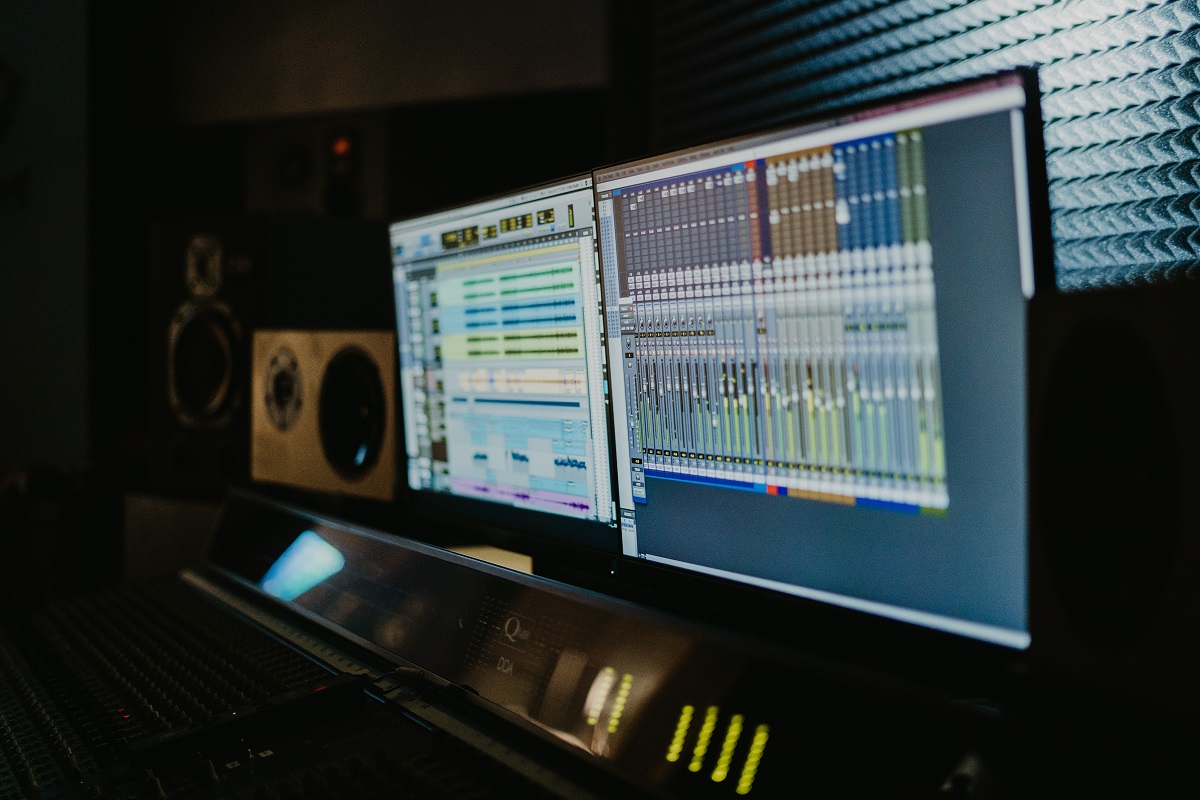
Frequently Asked Questions
Are there any potential compatibility issues between analog hardware and digital software that users should be aware of when setting up a hybrid mixing system?
Yes, there can be potential compatibility issues between analog hardware and digital software in a hybrid mixing system. These issues may arise from differences in signal levels, impedance mismatching, or clocking discrepancies between the analog and digital components. It’s essential for users to research compatibility, use appropriate interfacing equipment like audio interfaces or converters, and ensure proper grounding to minimize these issues.
How can producers ensure seamless communication and control between analog and digital components in a hybrid mixing setup?
Producers can ensure seamless communication and control between analog and digital components in a hybrid mixing setup by employing MIDI or other control protocols. This allows for synchronized operation between hardware and software, facilitating tasks such as parameter adjustments, session recall, and automation. Additionally, using dedicated control surfaces or hardware controllers compatible with the digital audio workstation (DAW) can enhance tactile control over digital parameters, further improving workflow efficiency.
What are some common challenges or pitfalls that beginners might encounter when transitioning to a hybrid mixing setup?
When transitioning to a hybrid mixing setup, beginners may encounter common challenges such as grappling with the learning curve associated with integrating analog hardware and digital software. Understanding the functionalities of both systems and how they interact requires time and effort.
Are there any specific techniques or best practices for incorporating analog EQ for multiple tracks effectively in a hybrid mixing environment?
Incorporating analog EQ for multiple tracks effectively in a hybrid mixing environment involves utilizing best practices such as proper gain staging, frequency management, parallel processing, and session recall. By carefully adjusting settings and experimenting with different techniques, producers can achieve a cohesive and balanced mix while preserving the original character of each track.
Conclusion
In conclusion, the hybrid mixing setup offers a multitude of creative possibilities that can be explored by audio engineers and producers.
With its combination of analog and digital tools, this setup allows for precise control and manipulation of sound, resulting in unique and innovative mixes.
The irony lies in the fact that while technology has advanced to provide endless options, the true artistry lies in utilizing these tools to create something truly extraordinary.




